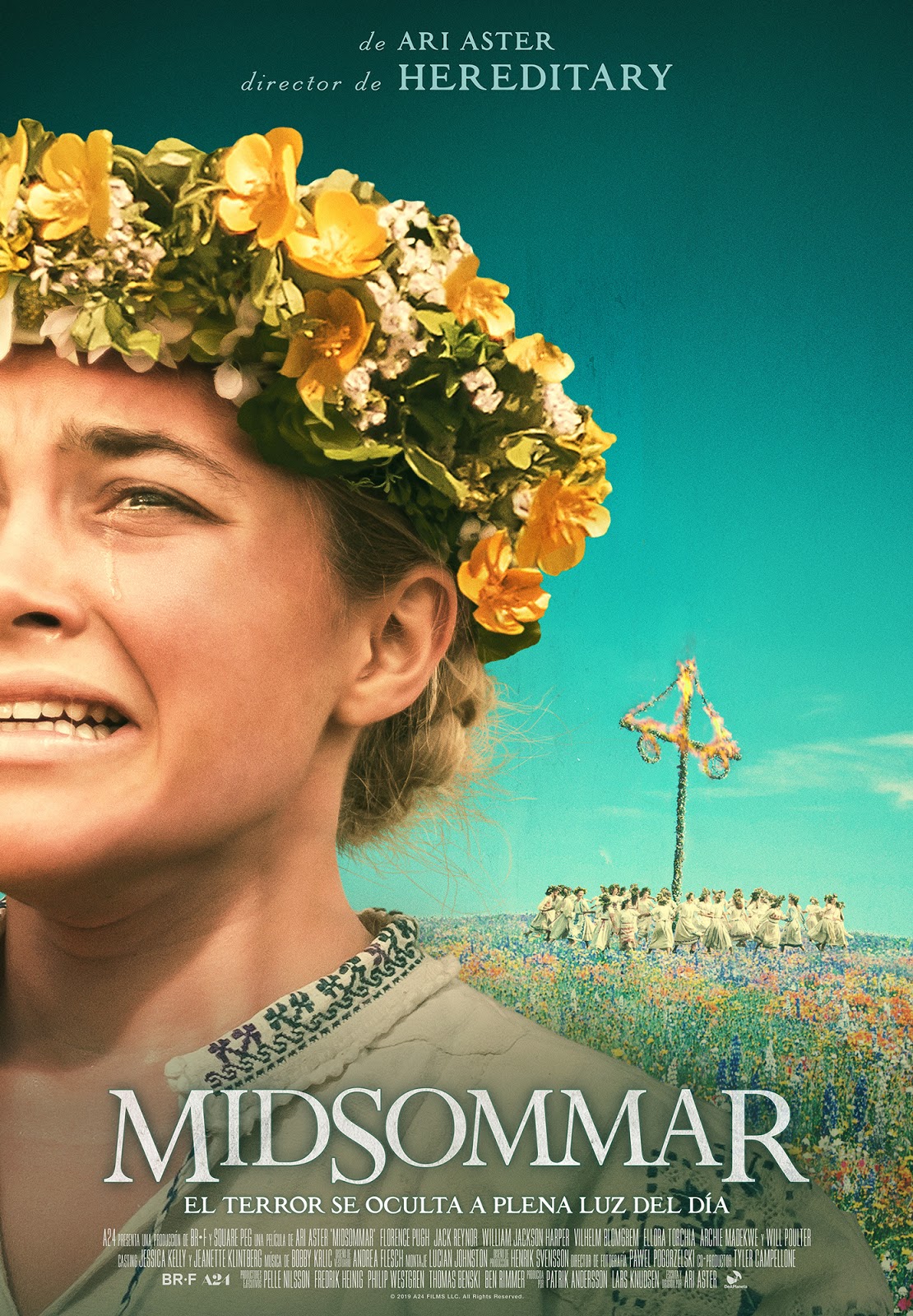Midsommar is a captivating phenomenon that transcends mere seasonal transition; it represents a tapestry of cultural rites, natural beauty, and human experience. As the sun reaches its zenith in the sky, communities worldwide gather to celebrate the longest day of the year. This festival is steeped in traditions that vary across regions, encapsulating the essence of summer and the warmth it brings. With its unique blend of folklore, rituals, and communal gatherings, midsummer becomes a significant event that resonates deeply within the hearts of those who partake in its festivities.
The significance of midsommar is not limited to its historical roots; it also serves as a vital source of inspiration for art, literature, and cinema. From the eerie landscapes captured in films to the vibrant floral crowns worn during celebrations, the aesthetics of midsommar have a profound influence on our cultural narrative. As we delve deeper into the essence of midsummer, we uncover layers of meaning that connect us to nature, community, and the cyclical rhythm of life.
As we explore the multifaceted nature of midsommar, we invite you to consider what makes this celebration so enchanting. How do different cultures interpret the arrival of summer? What rituals are performed to honor this seasonal change? Join us on this journey to unravel the mysteries and joys embedded in the tradition of midsommar, as we seek to understand its impact on our collective consciousness.
What are the Origins of Midsommar Celebrations?
Midsommar has roots that extend far back into ancient history, with its origins often traced to pagan traditions. The celebration was initially a way for communities to honor the sun and its life-giving properties. In many cultures, midsummer is associated with fertility, abundance, and the peak of agricultural productivity.
How Do Different Cultures Celebrate Midsommar?
Throughout the world, various cultures have their unique interpretations of midsummer festivities. Here are a few notable examples:
- Sweden: In Sweden, midsommar is celebrated with maypole dancing, flower crowns, and feasting on herring and new potatoes.
- Finland: In Finland, the holiday is known as "Juhannus," marked by bonfires and enjoying nature's beauty in the midnight sun.
- Latvia: Latvians celebrate "Jāņi," a festival filled with singing, dancing, and the consumption of beer and cheese.
- Iceland: Icelanders celebrate "Sumardagurinn Fyrsti," where they welcome the first day of summer with parades and traditional foods.
What Rituals Are Commonly Associated with Midsummer?
Rituals during midsummer often involve activities that symbolize fertility and abundance. Common practices include:
- Creating and dancing around a maypole, which represents fertility.
- Wearing floral crowns as a symbol of nature's bounty.
- Lighting bonfires to ward off evil spirits and celebrate the sun's strength.
- Gathering herbs and flowers believed to possess magical properties.
What Role Does Nature Play in Midsommar Celebrations?
Nature is at the heart of midsummer celebrations, emphasizing the connection between humans and the environment. The season is marked by lush greenery, blooming flowers, and the vibrant colors of summer. Celebrants often incorporate natural elements into their festivities, reinforcing the bond with the earth.
How is Midsommar Portrayed in Popular Culture?
Midsommar has inspired numerous films, books, and artworks, with one of the most notable being the 2019 film "Midsommar," directed by Ari Aster. The film explores themes of grief, love, and cultural rituals, set against the backdrop of a seemingly idyllic midsummer festival. Its chilling portrayal of community and tradition has sparked conversations about the darker aspects of such celebrations.
What Are the Personal Experiences of Those Who Celebrate Midsommar?
Participants in midsummer festivities often share personal anecdotes that highlight the joy and significance of the celebration. Many describe the sense of community, the beauty of nature, and the feeling of connection to their ancestors. These experiences serve to reinforce the importance of tradition and the collective memory that binds communities together.
What Can We Learn from Midsommar Traditions?
The traditions surrounding midsummer offer valuable insights into human behavior and cultural practices. They remind us of the importance of celebrating the changing seasons, honoring nature, and fostering community bonds. In a world that often feels disconnected, midsummer serves as a poignant reminder of our shared humanity and the beauty of our diverse cultures.
How Can We Incorporate Midsommar Traditions into Our Lives?
Even if you do not belong to a culture that traditionally celebrates midsummer, you can still embrace its spirit in your life. Here are some ideas to incorporate midsummer traditions:
- Organize a gathering with friends and family to celebrate the summer solstice.
- Create floral crowns or decorations to bring a touch of nature indoors.
- Host a potluck featuring seasonal foods and drinks that celebrate the bounty of summer.
- Engage in outdoor activities like hiking, picnicking, or gardening to connect with nature.
What Are the Lasting Effects of Midsummer Celebrations?
The impact of midsummer celebrations extends beyond the festivities themselves. These events foster a sense of belonging, encourage appreciation for nature, and promote the sharing of cultural heritage. They remind us to pause, reflect, and celebrate the beauty of life in all its forms. As we continue to explore the significance of midsummer, we uncover the threads that connect us to our past, present, and future, enriching our understanding of the world around us.




